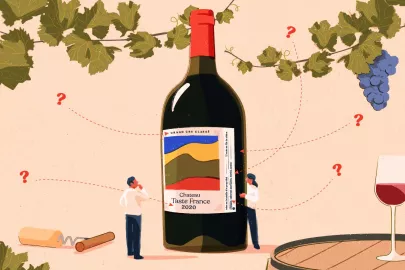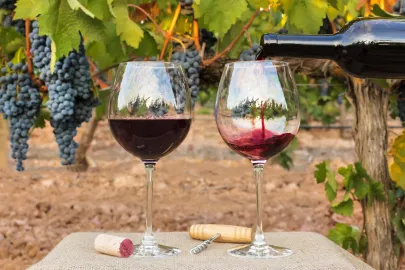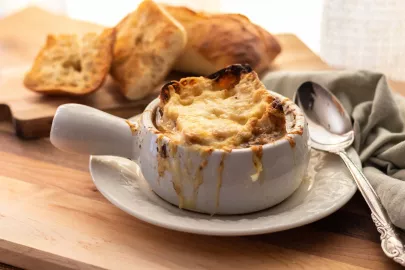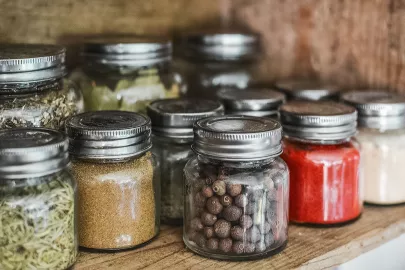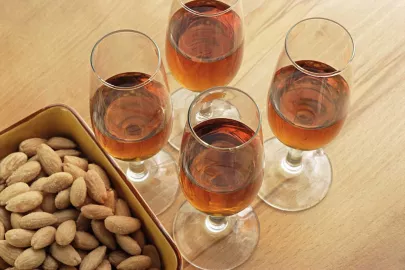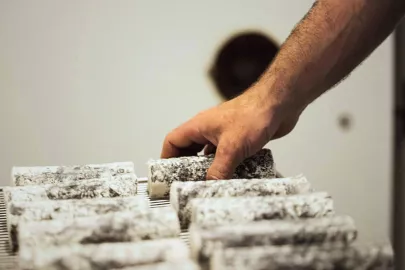Rising temperatures, ever earlier harvests, riper grapes… Even the most ardent skeptics are being forced to give ground in the light of clear evidence and undeniable numbers.
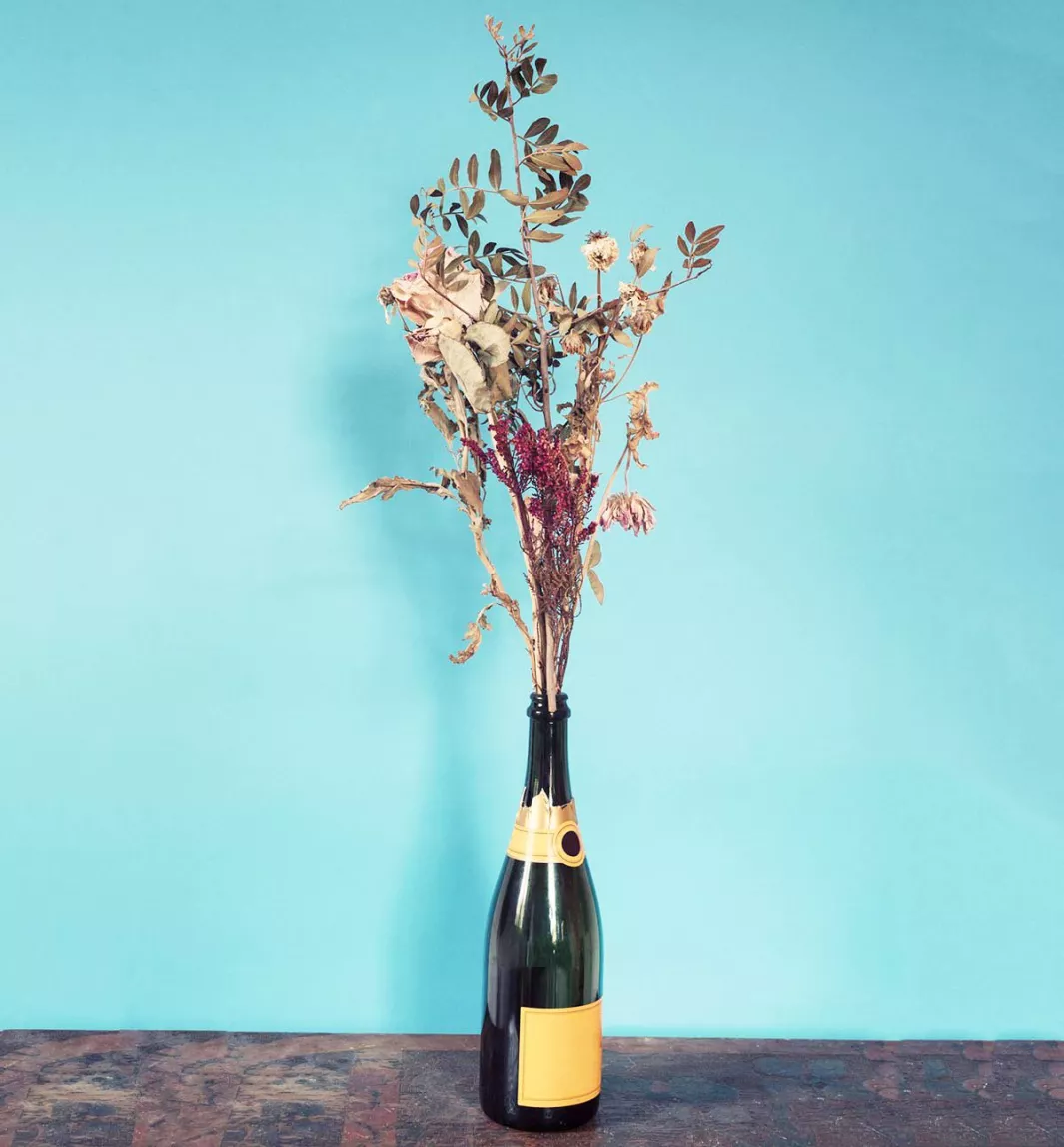
Global warming in France’s wine-growing regions is a fact. And not just in the sunny South, where growers have already been struggling for some time to maintain the freshness of their wines! The effects of climate change are being felt in the country’s northernmost vineyards too, including in the Champagne region.
Call to arms!
Until recently, wine growers in Reims or Épernay took an almost positive view, as the years in which their grapes struggled to ripen became ever rarer … But now that the trend shows no signs of slowing and average temperatures are continuing to climb, concerns are growing in the Champagne wine industry about the prospect of losing the characteristic qualities of their famous bubbles, which rely on acidity and vivacity. Doing nothing is no longer an option. The local trade association, the Comité Champagne, is mounting a two-pronged response. Firstly, by ensuring it does not contribute to global warming, for example by trying to control its carbon footprint. And secondly, by “modifying” growing practices to adapt to the new climate conditions.
Solutions on the vine
Several different solutions are currently under consideration or have already been put into practice. One of the main routes is via research into the plants, involving the rehabilitation of old grape varieties and in particular, the creation of new varieties that are well suited to a warmer environment. The other main area of focus? Improvements to the vines. A cleaner approach clearly presents numerous advantages beyond the environmental issue. Excessive chemical weeding causes soils to become inert, hard and packed. This in turn forces the roots to grow horizontally, just a few centimeters from the surface. Completely stripped of vegetation, the soil is exposed directly to any weather events that occur. Without such measures, it comes back to life. And as a result, the vine grows downwards again. Deep down is where its roots find the distinctive elements of the terroir – the ingredients responsible for the unique characteristics of a champagne - as well as natural protection against hydric stress and other meteorological extremes. Champagne’s wine growers are also looking into farming practices such as foliage management and planting density. Experiments are carried out on “semi-large” vineyards with fewer vines per hectare and more space between them, to provide greater protection against water scarcity during periods of drought…
Adjustments in the cellar
As you can see, there is no one miracle solution to countering the effects of climate change and maintaining the balance of the region’s wines. A range of actions need to be taken, from vine to cellar. Harvesting the grapes in the early morning, when they are still fresh, is one. Another is not chaptalizing - adding sugar in the casks to start fermentation - when the berries contain enough naturally. Or preventing malolactic fermentation, which takes place after alcoholic fermentation, as it tends to soften the wines. These are just a few of the technical areas that the trade association has brought to the table. The goal? To gently bring the vineyards into step with how the climate is evolving, and to preserve the identity of those bubbles that make them so prized. Champagne!
Contributor

Editor


